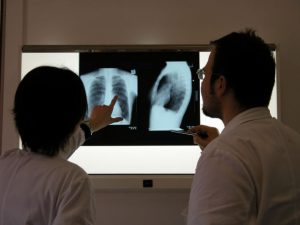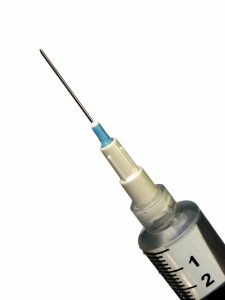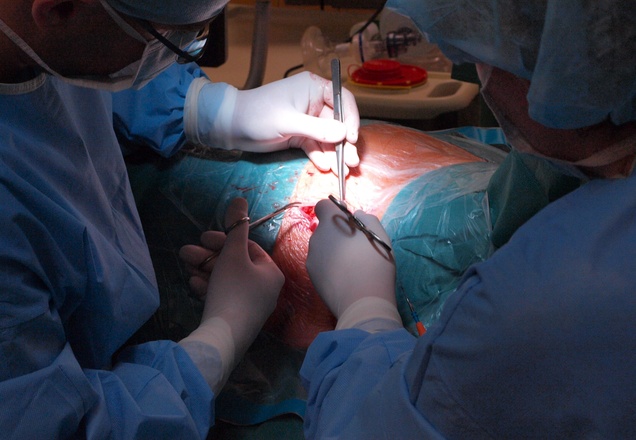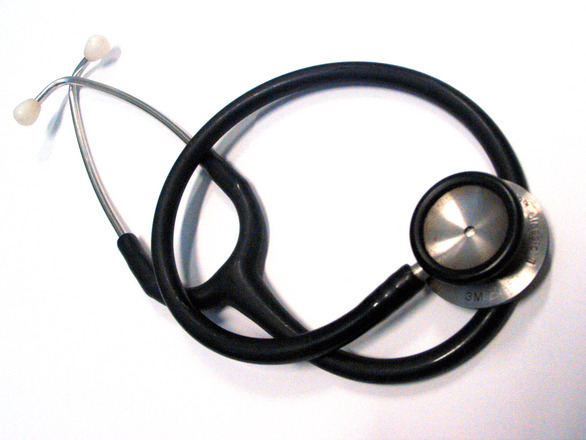When it comes to the prevalence of medical errors, those involving missed diagnosis, misdiagnosis and delayed diagnosis are the most common. Information gleaned from the National Practitioner Data Bank (an electronic collection of all medical malpractice settlement payments made since 1986), diagnostic errors are the most common source of payments and often the most costly and dangerous to patients’ health. 
It’s true that medication errors and on-site surgical errors are very real problems. However, in terms of the sheer volume of cases it’s substantial, with an estimated 80,000 to 160,000 patients suffering permanent disabilities from misdiagnosis annually.
One such case out of South Carolina recently resulted in a $10 million jury verdict to the husband of a woman who died of cancer after there was a communication error between doctors. This resulted in significant delays in life-saving surgery, The State newspaper reports. The doctor and the practice for which he works initially offered to settle her claim for $250,000 – an offer that was declined. Continue reading
 South Florida Injury Lawyer Blog
South Florida Injury Lawyer Blog








